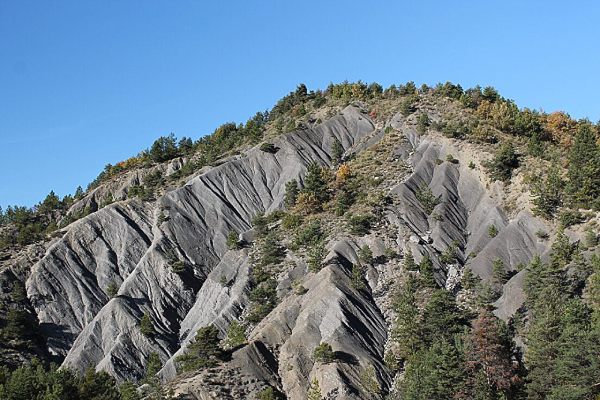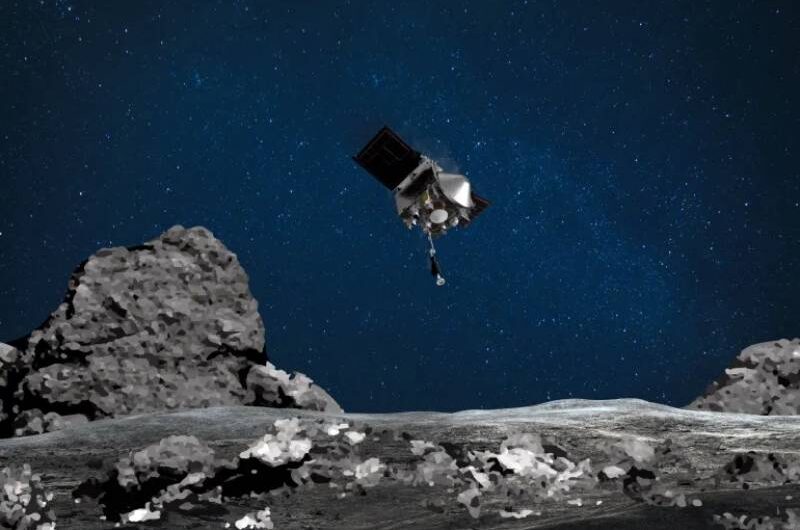“A recent study led by the University of Oxford challenges the conventional belief that natural rock weathering primarily acts as a carbon dioxide (CO2) sink, revealing that it can also function as a substantial source of CO2, comparable in scale to volcanic emissions. These findings, published in the journal Nature, carry significant implications for climate change modeling.
Rocks harbor a vast reservoir of carbon, originating from the ancient remnants of plants and animals that thrived millions of years ago. This reservoir, known as the ‘geological carbon cycle,’ serves as a thermostat, helping to regulate the Earth’s temperature.
One aspect of this process involves chemical weathering, during which rocks absorb CO2 as certain minerals react with the weak acid present in rainwater. This mechanism offsets the continuous CO2 release from volcanoes worldwide, contributing to Earth’s natural carbon cycle, which has maintained a habitable environment for billions of years.
However, the recent study introduces a previously overlooked process: the release of CO2 from rocks into the atmosphere. Surprisingly, this newly discovered process rivals the CO2 emissions from volcanoes globally, and it is not typically accounted for in most natural carbon cycle models.
This phenomenon occurs when rocks, originally formed on ancient seafloors where organic material accumulated in sediments, resurface due to geological events such as the formation of mountain ranges like the Himalayas or Andes. As these rocks are exposed to oxygen in the air and water, they react, releasing CO2. This suggests that weathering rocks may serve as a source of CO2 rather than the previously assumed CO2 sink.
Quantifying the release of CO2 from weathering organic carbon in rocks has historically posed challenges. In this study, researchers utilized a tracer element, rhenium, which is released into water during the reaction between rock organic carbon and oxygen. By measuring rhenium levels in river water, they could estimate CO2 release. However, conducting such measurements globally across all rivers presented logistical difficulties.
To overcome this challenge, researchers adopted a two-pronged approach. First, they determined the amount of organic carbon present in surface rocks. Second, they identified regions where these rocks were eroding most rapidly, typically in steep, mountainous areas.
Dr. Jesse Zondervan, the study’s lead researcher at the University of Oxford, explained, “The challenge was then how to combine these global maps with the river data, while considering uncertainties. We fed all of our data into a supercomputer at Oxford, simulating the complex interplay of physical, chemical, and hydrological processes. By piecing together this vast planetary jigsaw, we could finally estimate the total carbon dioxide emitted as these rocks weather and exhale their ancient carbon into the air.”
This estimate was then compared to the amount of CO2 absorbed by natural rock weathering of silicate minerals. The results highlighted several significant regions where weathering acted as a CO2 source, challenging conventional notions about its impact on the carbon cycle.
Notably, areas with concentrated CO2 release were typically mountain ranges with high uplift rates, exposing sedimentary rocks containing organic matter. Examples included the eastern Himalayas, the Rocky Mountains, and the Andes. The global CO2 release from rock organic carbon weathering was calculated to be approximately 68 megatons of carbon annually.
Professor Robert Hilton, who leads the ROC-CO2 research project at the University of Oxford, stated, “This is about 100 times less than present-day human CO2 emissions from burning fossil fuels, but it is similar to how much CO2 is released by volcanoes around the world, making it a key player in Earth’s natural carbon cycle.”
These CO2 fluxes may have fluctuated in Earth’s history. For instance, during periods of extensive mountain building, which exposed numerous rocks containing organic matter, CO2 release might have been more significant, potentially influencing past global climates.
Ongoing and future research is exploring how changes in erosion resulting from human activities, coupled with increased rock warming due to anthropogenic climate change, could amplify this natural carbon release. The researchers are now investigating whether this natural CO2 release will increase in the coming century. Dr. Hilton noted, “Currently we don’t know—our methods allow us to provide a robust global estimate, but not yet assess how it could change.”
While the carbon dioxide release from rock weathering is relatively small compared to current human emissions, gaining a deeper understanding of these natural processes will enhance our ability to predict the carbon budget. In conclusion, Dr. Zondervan stated, “While the carbon dioxide release from rock weathering is small compared to present-day human emissions, the improved understanding of these natural fluxes will help us better predict our carbon budget.”
Disclaimer: The views, suggestions, and opinions expressed here are the sole responsibility of the experts. No EU Brief journalist was involved in the writing and production of this article.






